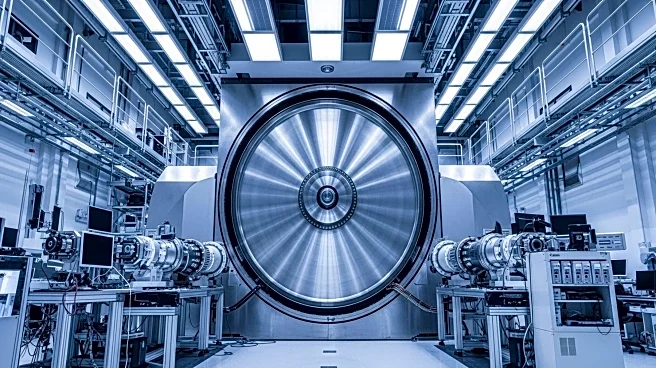What's Happening?
Researchers from Uppsala University in Sweden have discovered a novel method to measure time at the quantum level using Rydberg states. This approach does not require a precise starting point, unlike traditional time measurement methods. By observing the interference patterns of Rydberg wave packets, scientists can timestamp events as brief as 1.7 trillionths of a second. This method involves laser-excited helium atoms and matches experimental results with theoretical predictions, offering a reliable form of quantum timestamping.
Why It's Important?
This breakthrough in quantum timestamping could significantly impact fields that require precise time measurements at the quantum scale, such as quantum computing and ultrafast electronics. The ability to measure time without a defined starting point simplifies the process and could lead to advancements in designing quantum components. Industries relying on precise time measurements could see improved efficiency and accuracy, potentially leading to new technological innovations.
What's Next?
Future experiments may explore using different atoms or laser energies to expand the range of conditions under which this quantum timestamping method can be applied. This could lead to broader applications in various scientific and industrial fields, enhancing the precision and reliability of time measurements in complex quantum systems.










